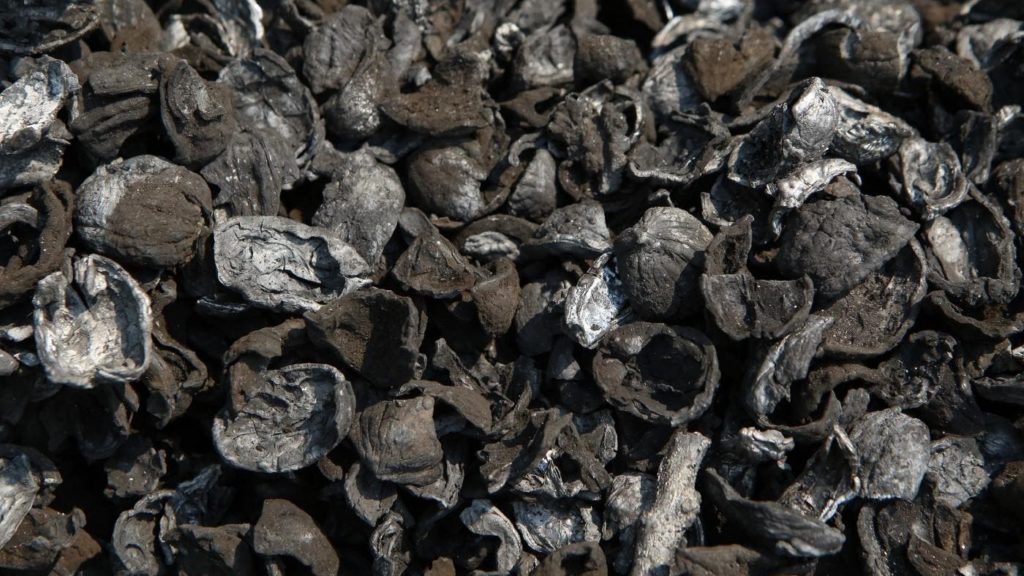According to an analysis by Rhodium Group, greenhouse gas emissions are up 6.2% from 2020, but are still 5% below pre-pandemic levels.
Agriculture is the smallest producer of greenhouse gases, but will be most affected by climate change as drought and severe weather intensifies.
Following the recent report from the Intergovernmental Panel on Climate Change, it is resoundingly clear that reducing emissions by phasing out fossil fuel reliance is critical for securing a liveable future for generations to come.
Human production of biochar, or Terra Preta, has been around for a long time.
Biochar is organic matter that undergoes pyrolysis, a process where plant material is burned in a low oxygen environment to create a very stable form of carbon, bio-gas, and vapor.
The remarkable thing about biochar is its ability to sequester and retain atmospheric carbon; because of its stability, it resists degradation and can keep carbon in soils for hundreds of years.
Pacific Biochar, a company based in Northern California, is working to scale production by modifying biomass facilities to make biochar.
The company predicts that if 100% of available forest biomass were used for biochar production at a 10% conversion efficiency, it could produce 1,430,000 BDT/y of biochar with an annual application rate of 158,209 acres of agricultural land.
This use of agricultural feedstock creates a circular economic model that turns waste into usable and effective products that stimulate crop growth, decrease the need for fertilizer, and increase water retention in drought-prone California.
However, carbon removal platforms like Carbonfuture offer an additional revenue stream to the process by issuing carbon credits to certified biochar producers and carbon-sink owners .
Whether it’s Pacific Biochar’s dual approach of making biochar and mitigating fire hazards by burning forest debris or Corigin’s circular model of using agriculture waste, biochar brings beneficial changes to California agriculture and the industry’s ability to adapt to climate change.
We publish a number of guest posts from experts in a large variety of fields.
Opinions and comments published on this site may not be sanctioned by and do not necessarily represent the views of CleanTechnica, its owners, sponsors, affiliates, or subsidiaries.
